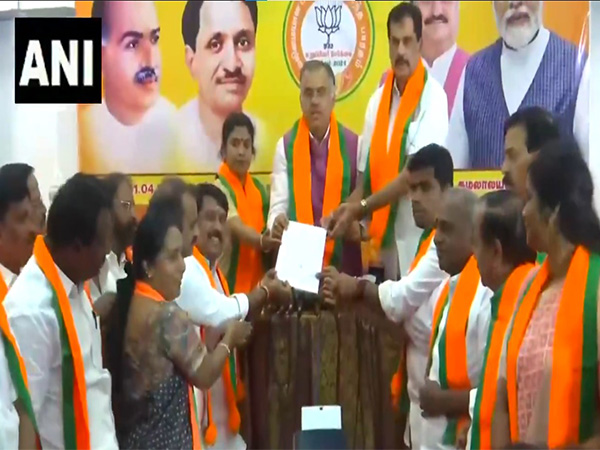Peak power demand of Maharashtra met successfully by Electricity board
Apr 26, 2022

Mumbai (Maharashtra) [India], April 26 : Meeting the peak power demand of the season Maharashtra State Electricity Distribution Company Limited (MSEDCL) said that it has successfully provided over 26,000 MV electricity to the State amid rising demand and further avoided load shedding.
An official release by the company stated, "On April 24, MSEDCL provided 26,468 MV without any load shedding in the state. The current demand of electricity in the state is around 24,200 MV. Also, on April 25, there was no load shedding in across the State of Maharashtra and continuous efforts are going to avoid it in future."
On April 5, RK Singh, Union Minister for Power and New and Renewable Energy in a written reply in Rajya Sabha said that the primary responsibility of providing 24x7 power supply to all consumers lies with the concerned Power Distribution Companies (DISCOMs).
The Government of India, Ministry of Power had taken up a joint initiative during 2014 to 2017 with all States/UTs and prepared State/UT specific action plan documents for providing 24x7 power supply to all households, industrial and commercial consumers, and adequate supply of power to agricultural consumers as per State policy. This initiative was aimed at ensuring uninterrupted supply of quality power to existing consumers and providing access to electricity to all unconnected consumers by 2019 in a phased manner, the government said.
The Central Government has been helping the States through its various schemes including Deen Dayal Upadhyaya Gram Jyoti Yojana (DDUGJY) and Integrated Power Development Scheme (IPDS) to achieve the objective of providing uninterrupted power supply to all households. Under the recently launched Revamped Distribution Sector Scheme (RDSS), the State Power Distribution Utilities are financially supported to strengthen Distribution infrastructure and the fund releases under the scheme are linked to the initiation of reforms and achievement of results that also includes trajectories for improving electricity supply hours to urban and rural consumers.



















